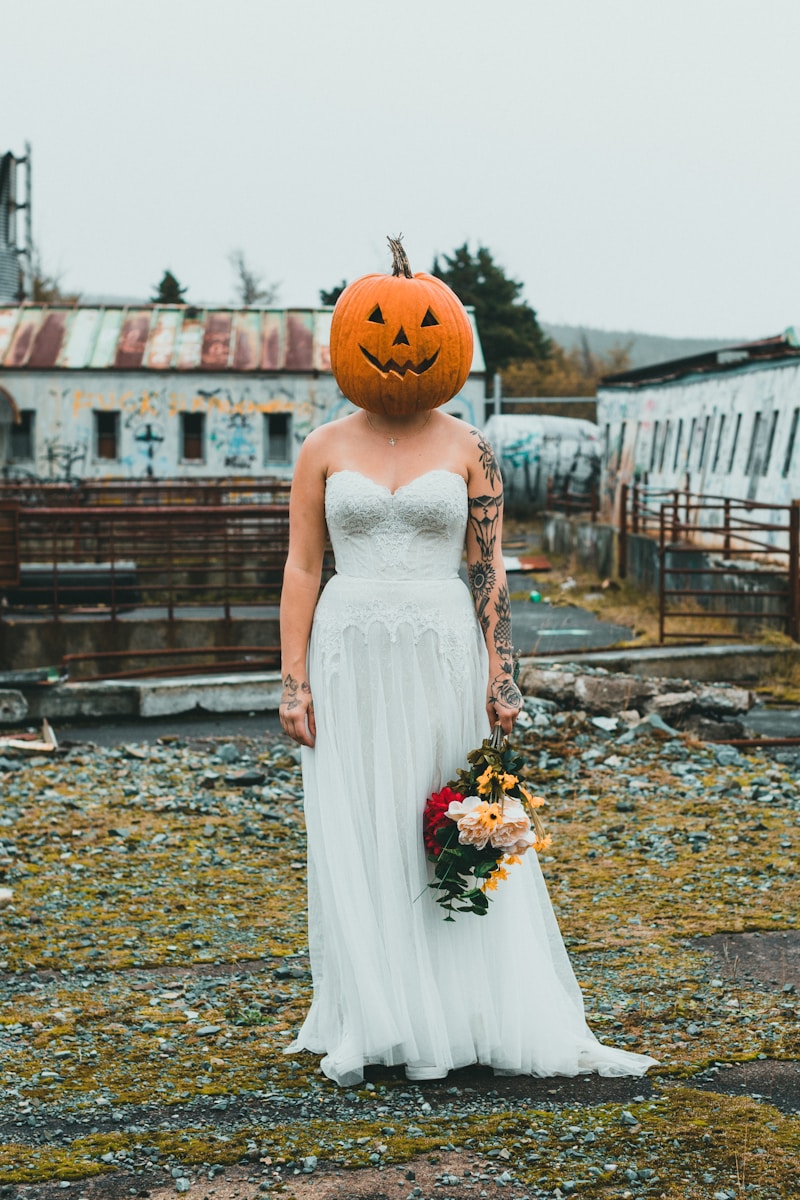The Evolution of Modern Bridal Wear: A Journey Through Time
The Evolution of Modern Bridal Wear: A Journey Through Time
The Transformation of Bridal Fashion
Bridal wear has undergone a remarkable transformation over the years, influenced by culture, society, and fashion trends. This article will explore the evolution of modern bridal wear, detailing its historical significance, contemporary trends, and the various styles that define today's brides. We will also highlight important factors to consider when choosing bridal attire.
A Glimpse into History
The concept of bridal wear dates back centuries, with different cultures embodying unique traditions through their wedding garments. The wedding dress was not always white, and its evolution reflects changing societal values and fashion norms.
The Victorian Era
One of the most pivotal moments in the history of bridal wear occurred in 1840 when Queen Victoria married Prince Albert in a white gown. This marked the beginning of the white wedding dress trend. Before then, brides typically wore their best dresses, which could be any color. This shift symbolized purity and the emergence of romanticism in wedding customs.
The 1920s and 1930s: Flapper Influence
As the flapper era took over the 1920s, bridal wear reflected this modernity. Shorter hemlines, simpler silhouettes, and lighter fabrics became popular. The 1930s brought back more traditional styles, with brides opting for elegant, flowing gowns that highlighted their femininity. Lace, satin, and intricate embellishments became hallmarks of bridal attire during this time.
The Post-War Era
The 1950s saw a return to opulence in bridal wear as families celebrated the return of soldiers from World War II. Designers like Norman Hartnell and Christian Dior created stunning pieces that featured full skirts and fitted bodices. These dresses symbolized a sense of hope and new beginnings.
The Rise of Contemporary Styles
Fast forward to the 21st century, and bridal fashion has diversified significantly. Modern brides are no longer constrained to traditional silhouettes and colors. Instead, they have an array of styles, fabrics, and colors to choose from, allowing them to express their unique personalities on their wedding day.
The Impact of Celebrity Weddings
Celebrity weddings often set the tone for bridal trends. From Kate Middleton’s iconic Alexander McQueen gown to Meghan Markle’s minimalist Givenchy design, these high-profile ceremonies greatly influence what modern couples are looking for. Today's brides are inspired by the personal styles of celebrities, seeking expert advice and inspiration through social media platforms like Instagram and Pinterest.

| Era | Style | Key Features |
| Victorian Era | White Gowns | Symbol of purity, elaborate designs |
| 1920s-1930s | Flapper-Inspired | Shorter hemlines, lighter fabrics |
| 1950s | Opulent Ball Gowns | Full skirts, elegance, fitted bodices |
| 21st Century | Diverse Styles | Unique fabrics, colors, silhouettes |
Modern Trends in Bridal Wear
As society progresses, brides are able to choose from a plethora of options, departing from the traditional norms of just selecting a white dress. The current trends in bridal wear include:
Colorful Wedding Dresses
Brides are increasingly opting for non-traditional colors. Shades like blush, blue, and even bold hues like red are becoming popular. This not only allows for more personalization but also caters to cultural customs and preferences.
Mix and Match Styles
Modern bridal wear allows for combinations of different styles. Brides may pair tops and skirts or go for a jumpsuit instead of a conventional gown. This mix-and-match approach provides brides the flexibility to express their individuality.
Sustainable and Ethical Choices
In recent years, ethical fashion has gained traction, prompting many brides to consider sustainable options for their bridal wear. Designers now offer eco-friendly fabrics, and brides can choose to rent rather than buy wedding dresses to reduce waste.
Factors to Consider When Choosing Bridal Wear
Selecting the perfect bridal attire involves several considerations. Here are some key factors every bride should keep in mind:
Venue and Season
The venue and season of the wedding play a significant role in determining the attire. For beach weddings, lightweight fabrics and flowing styles might be appropriate, while winter weddings may call for heavier fabrics and long sleeves.
Body Shape and Personal Style
Understanding one’s body shape is crucial when trying on bridal dresses. Different silhouettes flatter various body types, and brides should choose styles that enhance their natural beauty. Additionally, personal style is essential; the dress should reflect who the bride is.
Budget Considerations
Bridal wear can vary greatly in price. It’s essential to set a budget ahead of time and consider not just the dress, but also alterations and accessories. Planning and shopping within the budget will ensure no financial stress during the wedding preparations.
Conclusion
The evolution of modern bridal wear is a testament to the changing dynamics of society and fashion. From traditional white gowns symbolizing purity to bold, colorful dresses emphasizing individuality, the choices available today allow brides to truly express themselves. As you embark on your bridal journey, remember to consider the historical context, contemporary trends, and personal significance of your attire. Whether you choose a classic gown, a minimalist jumpsuit, or an eco-conscious design, the most important thing is to feel confident and beautiful on your special day. Always remember that it’s your day—the dress should only complement the love and joy you celebrate.
